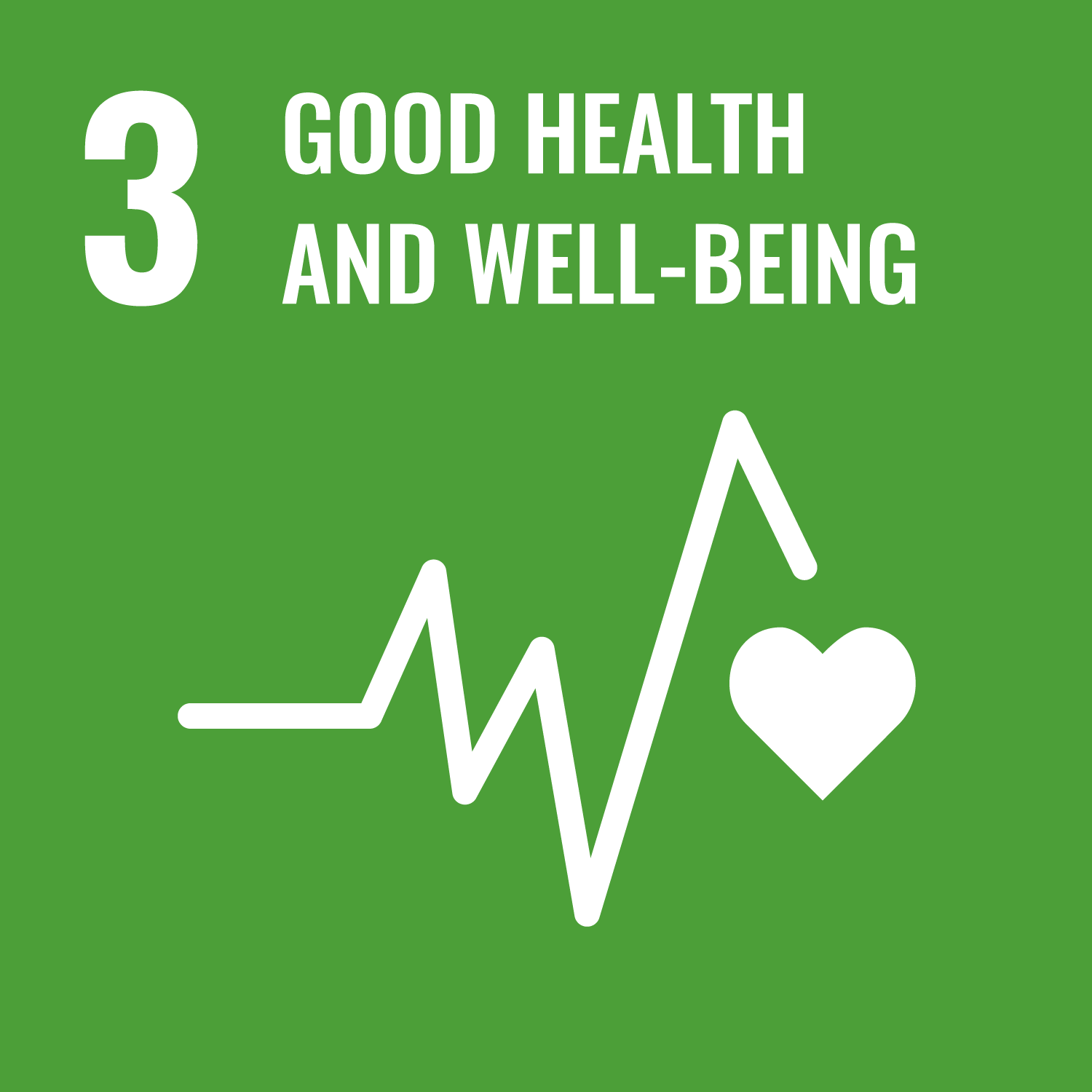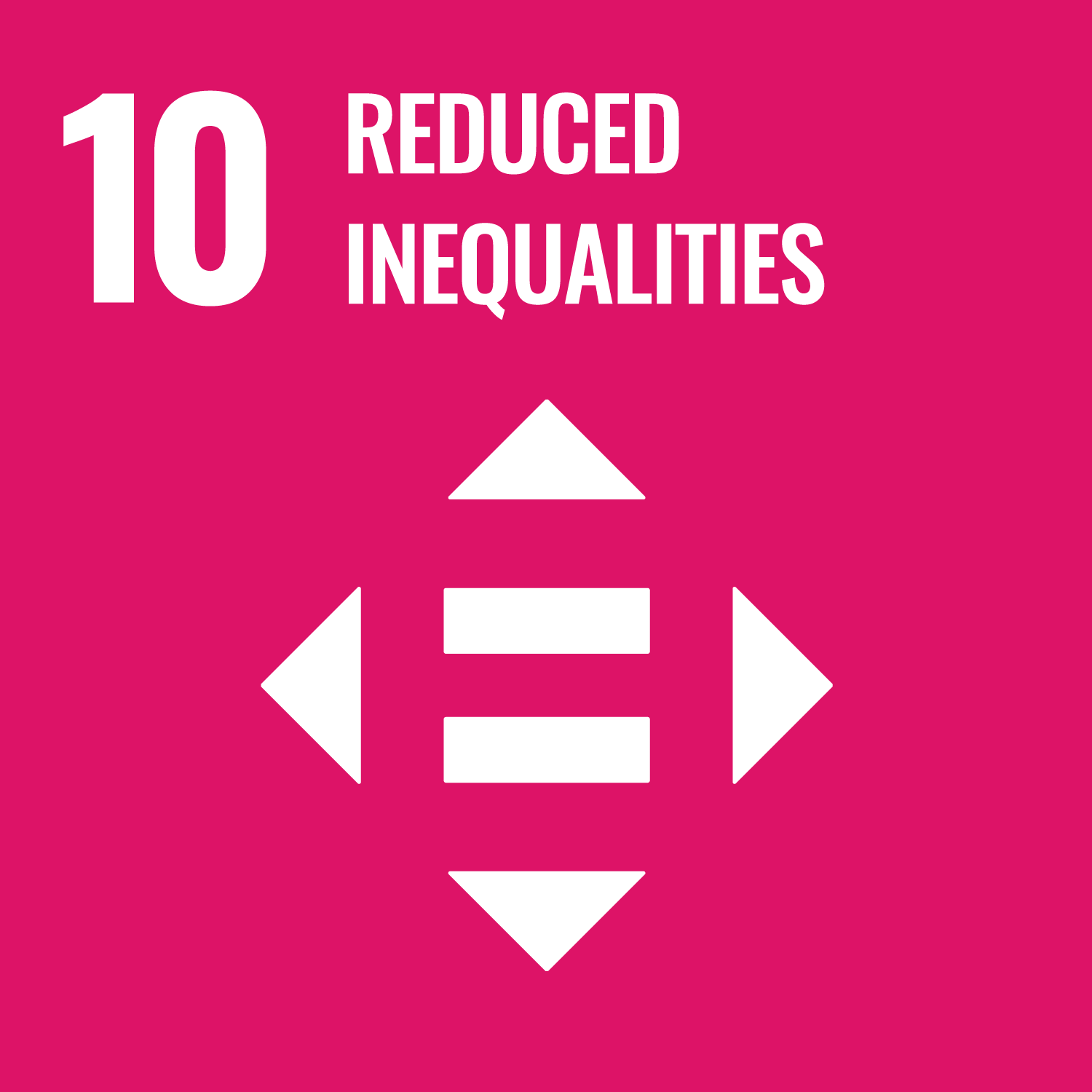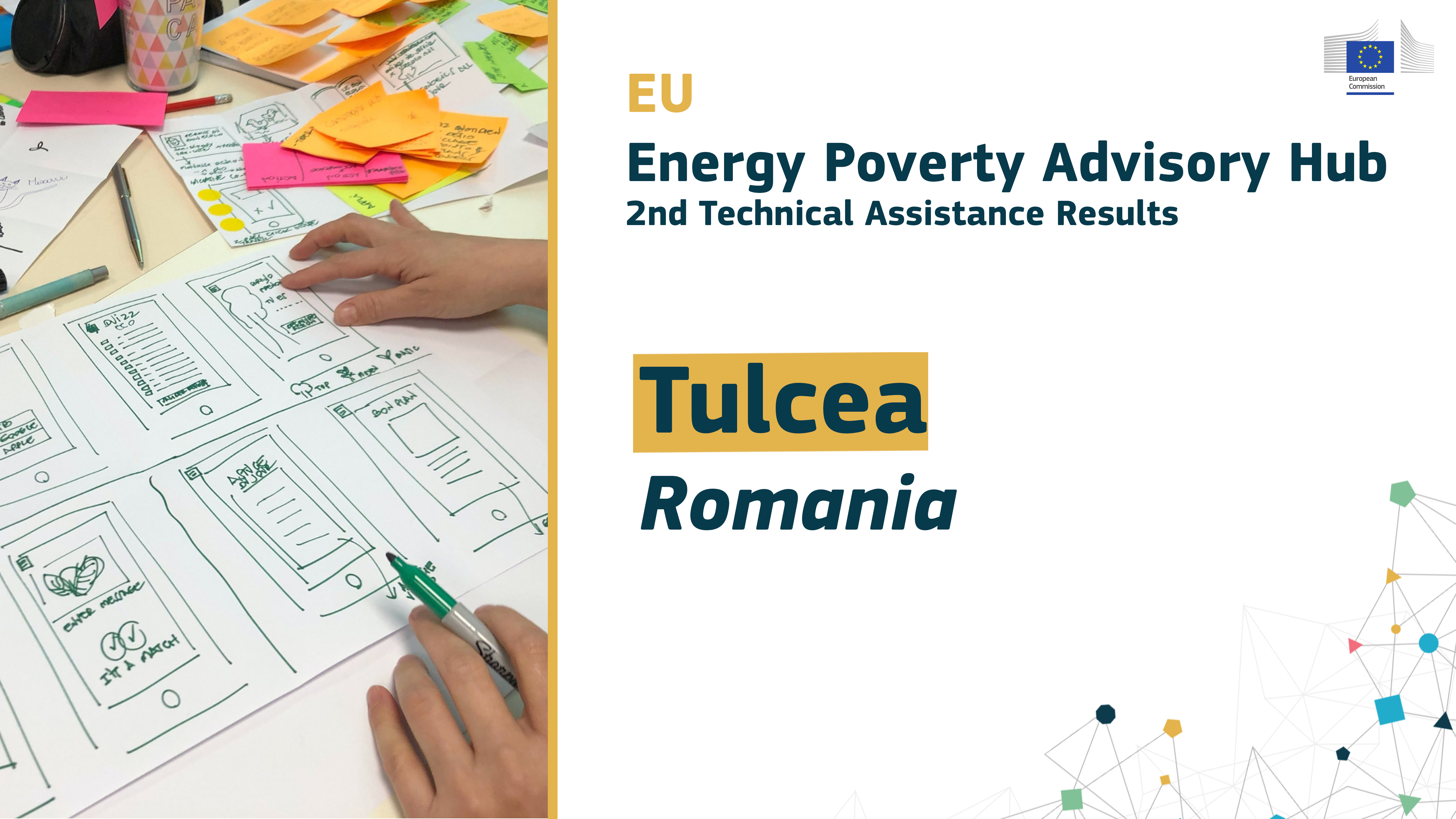The Romanian winters are heavy (due to freezing cold reaching minus 30 Celsius degree during night, snow storms and big amount of snow) and also long (almost six months starting as cold starts October and ends in March). Wood is used for heating and also for cooking so the firewood is needed for the entire year in rural area. Most of the houses are made from clay bricks that do not resist to the high amounts of snow for a long period of time, they are not insulated and cold gets into the house due to poor windows, doors, muddy floors. Children get sick very often having beside respiratory illnesses (cold and flues) more severe health issues such as pneumonia, tuberculosis, etc. Sometime parents use old tires, plastic items or other garbage for heating that creates a heavy black smoke that it is very toxic; sometimes it happens that families get intoxicated with smoke; sometimes the roof of the houses catch fire due to cracked chimneys or even lack of chimneys.
When survival becomes a challenge, as validated by findings of an assessment survey conducted in Vaslui county, the poorest region of Romania and Europe, these families cannot afford to buy construction materials or wood for heating.
The project aimed to offer support for insulating & heating the houses, complemented by educating families about proper heating solutions in order to improve children health status (avoid frequent colds due to improper houses insulation as well as respiratory diseases using rubber as heating materials) as well as investing in development of new skills, which allowed beneficiaries to find a job.
With a budget between 100.000 and 1M€, the activities developed are described as follows:
Identify potential project beneficiaries with low income or state allowances and numerous members of families, especially sick children, together with local mayory and social assistance service M 1+M2
- Selection of 90 project beneficiaries after conducting an assessment focused on houses insulation status and heating solutions used M2
- Procure and deliver woods as an emergency solution to these families, together with local authority M3+M4/ every year of 3 years project duration; procure stoves for families in order to heat their houses
- Identify providers for houses insulation, windows & doors replacement , roof improvements - M5
- Deliver trainings and parents school sessions in order to educate parents about ways of improving children health ( promote proper heating solutions, preservation of children health, hygiene and nutrition rules, importance of accessing medical services when needed, alert signs for addressing to medical services) - M5+M6 +M7
- Replacement of doors/ windows + insulating at least one room / targeted family + provide roof replacement if needed + connecting to electricity two families - M8 +M9 +M10 ( every year of 3 years project duration
- Assess the market potential and identify local training opportunities for parents in order to learn new skills and find a local job - M11
- Train project beneficiaries in carpentry (men) and cooking (women) and advocate for their local integration on local job market - M12
The project was a good example of bringing in the attention of local authorities a new subject and targeting children and families' well-being. The integrated approach of educating needed families, providing help, train them in order to develop new skills and integration on labor market might represent a solution for increasing resilience of the most vulnerable ones.
Some concrete key performance indicators (KPIs) of the project include:
- Number of families supported to have proper heated houses: 90.
- Number of families supported with fire wood: 90.
- Percentage of families saving money on heating & being able to relocate that money: 56%
-
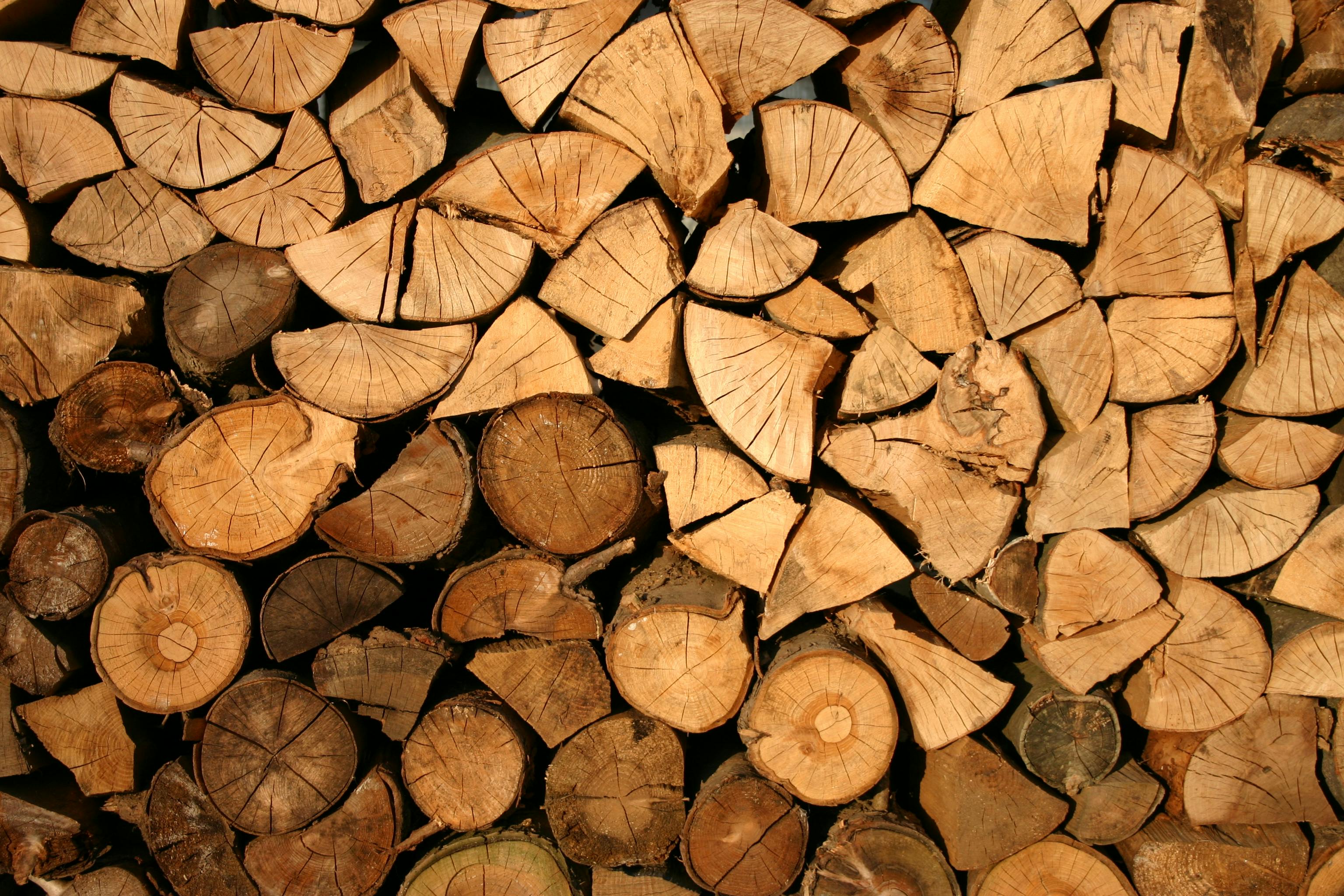
-
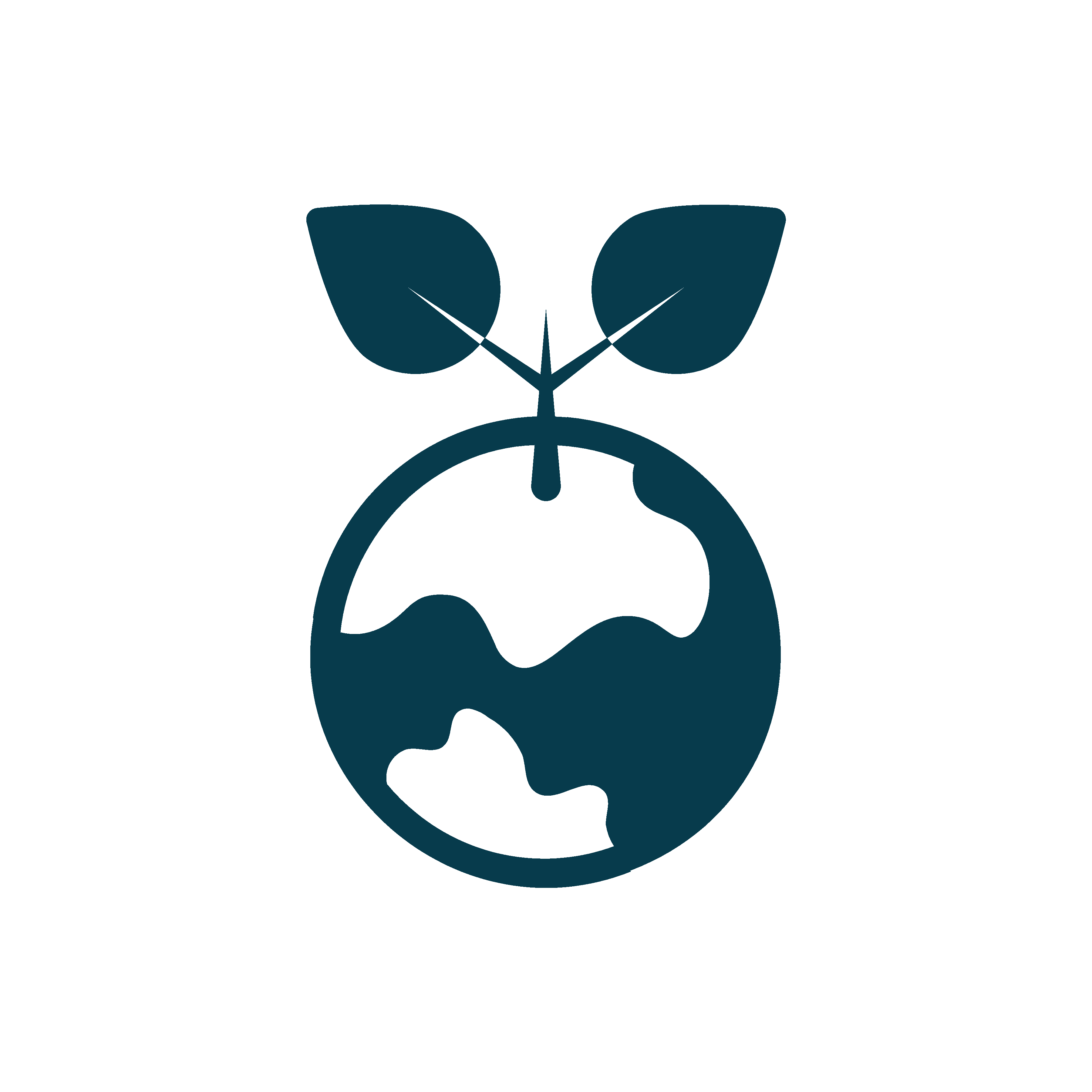 Countries impacted:
Countries impacted:
Romania -
 Geographical scale:
Geographical scale:
Regional and Local -
 Energy poverty phase:
Energy poverty phase:
PlanningImplementation -
 Intervention type:
Intervention type:
Household energy efficiency and refurbishmentLabour market insertion -
 Professionals involved:
Professionals involved:
EngineerMember of a local/national authoritySocial workerTechnicianVolunteer -
 Type of funding:
Type of funding:
Private funding from the World Vision Taiwan -
SDGs addressed:
